Elongated Mustard
Information
Brassica elongata - Brassicaceae Family - Perennial
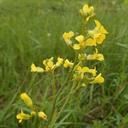
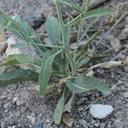
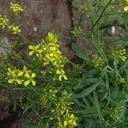
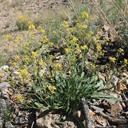
Identification
- Flowers: The small bright yellow flowers have 4 obovate shaped petals, each containing 6 stamens.
- Seeds: The seeds are grey to brown with a reticulate coat. They are spread when the seed stalks dry, break off, and are rolled by the wind. Seeds can remain viable in the ground for up to 10 years.
- Leaves: Basal leaves are slightly lobed to shallowly toothed and lance-shaped. Upper leaves are much smaller and do not clasp the stem.
- Flowering Time: June through July.
- Life cycle: Elongated Mustard is a perennial that can grow worldwide. It germinates in mid spring (cold weather affects this) and flowers in mid to late summer. Seeds are produced shortly thereafter.
Impacts
- Its ability to spread extremely rapidly allows Elongated Mustard to outcompete most native wildflowers, decreasing biodiversity.
- Elongated Mustard quickly colonizes disturbed ground, making restoration and replanting with native species difficult.
- Elongated Mustard seeds can be harvested to produce oil. It is currently being studied for possible use in biodiesel production in several European countries.
Control
Most effective control methods
- Small infestations of Elongated Mustard can be effectively controlled by manually pulling and disposing in the trash.
- There are currently no biocontrol agents approved to combat Elongated Mustard in the US.
- Elongated Mustard is best treated at the beginning at its life cycle (late autumn).
Large Images
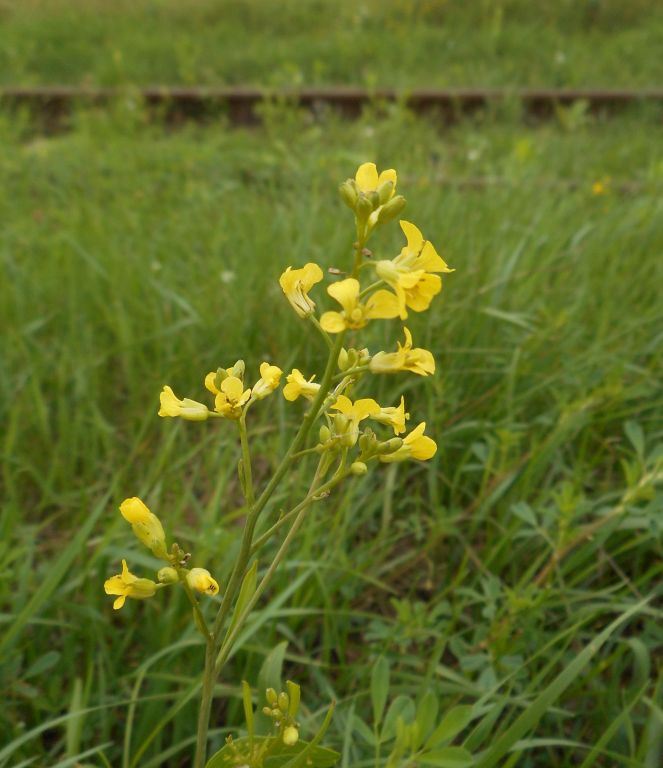
Elongated mustard: flowers
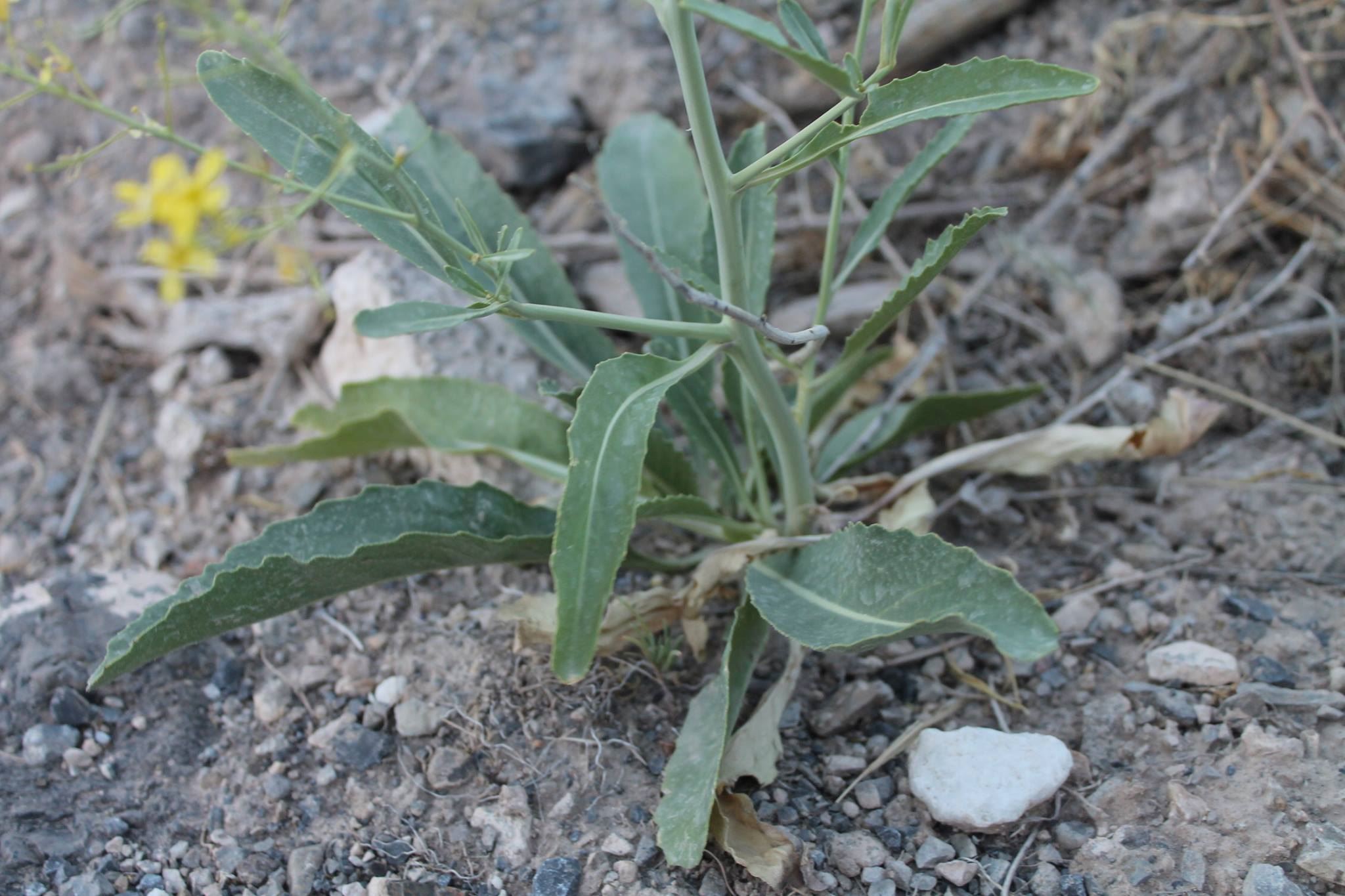
Elongated mustard: foliage
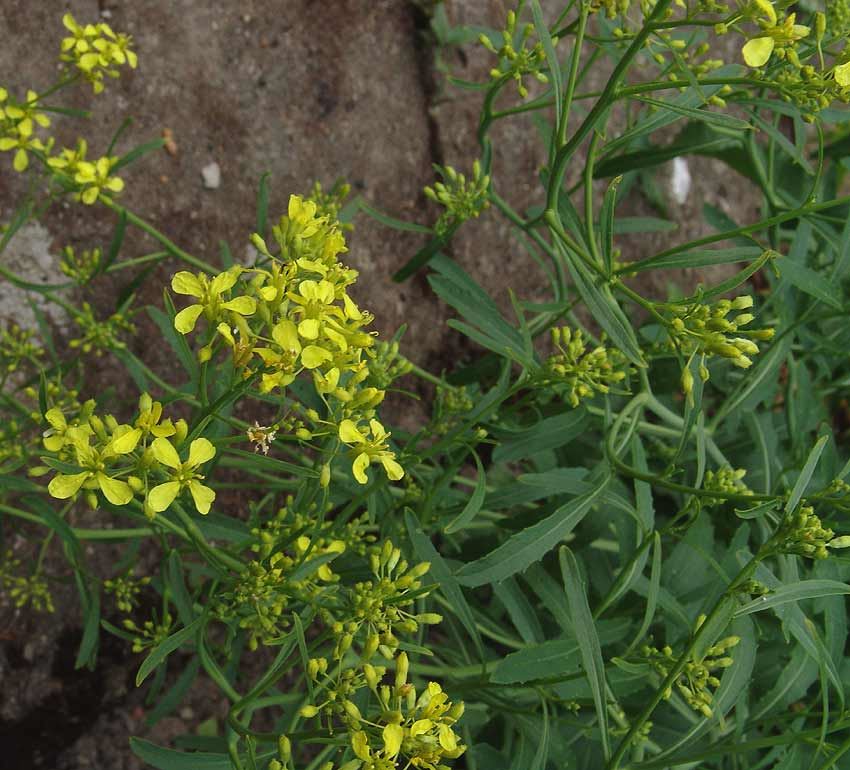
Elongated mustard: infestation
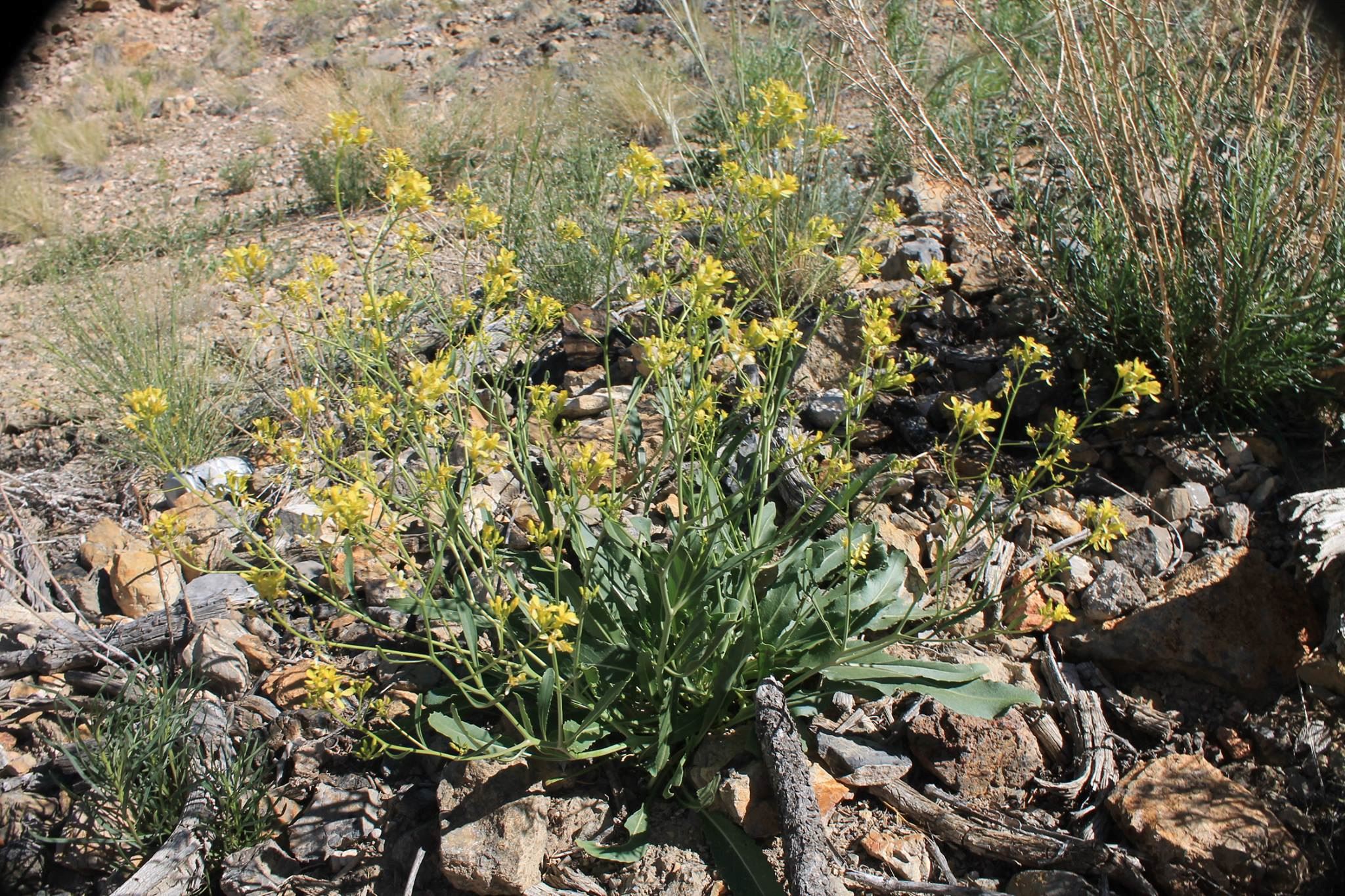
Elongated mustard
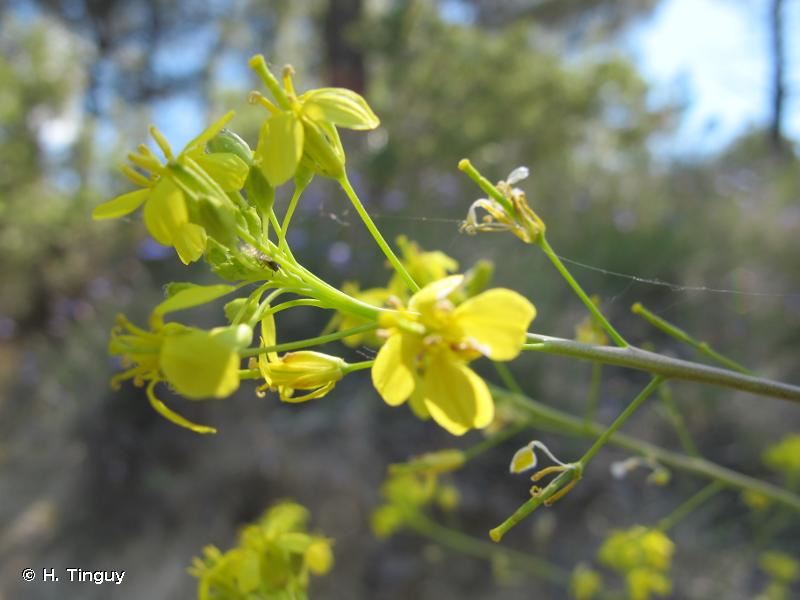
Elongated mustard: flowers
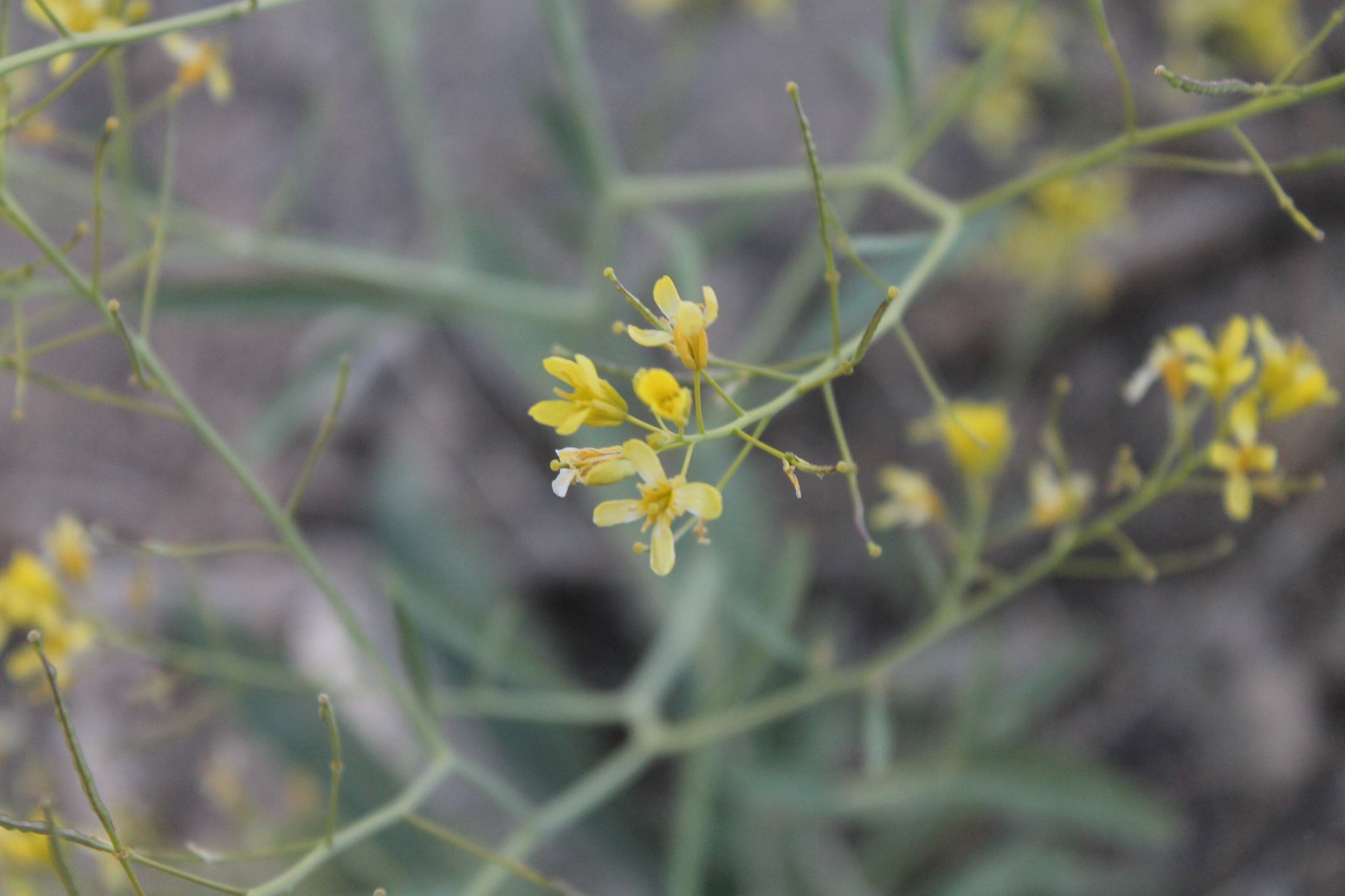
Elongated mustard: flowers
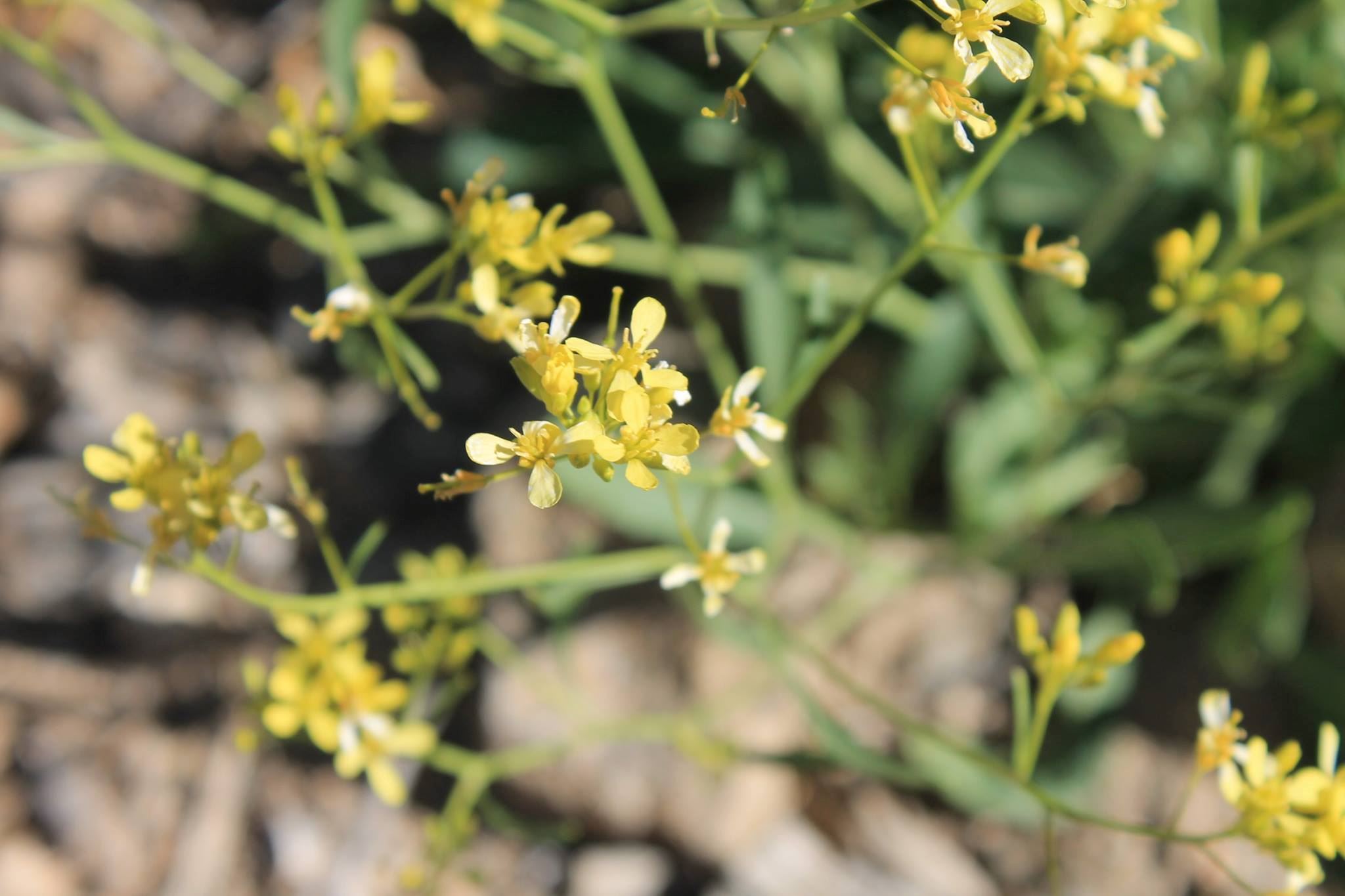
Elongated mustard: flowers
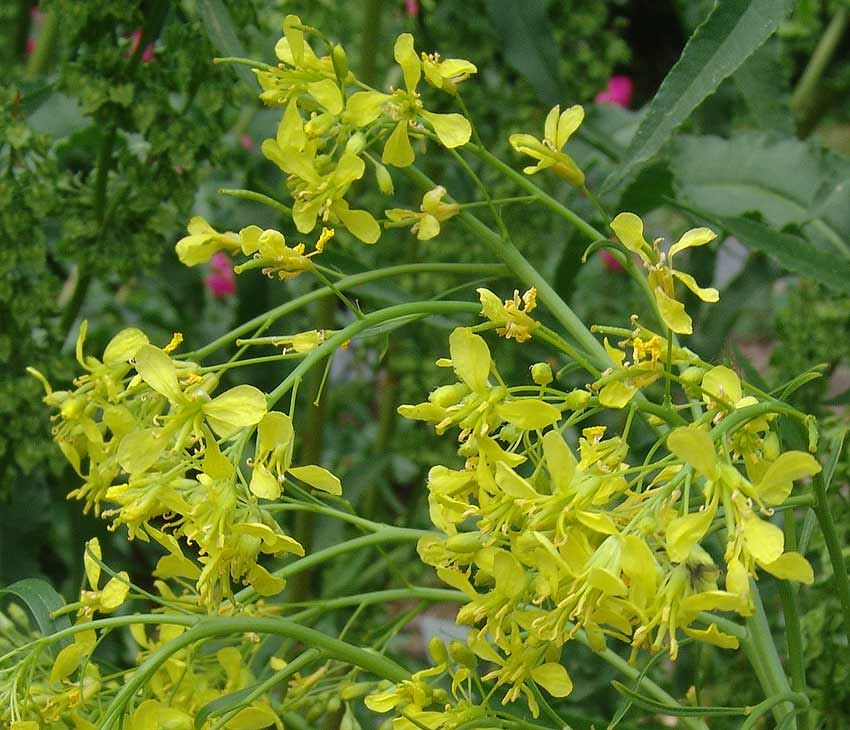
Elongated mustard: flowers
Resources
-
References
Colorado Department of Agriculture. (2012, March). Elongated mustard identification and management [PDF file]. Retrieved from https://drive.google.com/file/d/1-92XbrJ_RFenINqNxb2snexNE2C69MwI/view
Fremont County Weed Management. (2015, April). Guideline for weed management plans for Fremont and Custer counties [PDF file]. Retrieved from http://www.fremontcd.org/uploads/4/1/4/9/41499099/booklet_4th_edition.pdf
Global Invasive Species Database. (2018). Species profile: Brassica elongata. Retrieved from http://www.iucngisd.org/gisd/species.php?sc=1064
Swearingen, J., C. Bargeron. (2016). Elongated mustard. Invasive Plant Atlas of the United States. University of Georgia Center for Invasive Species and Ecosystem Health. Retrieved from https://www.invasiveplantatlas.org/subject.html?sub=32051




